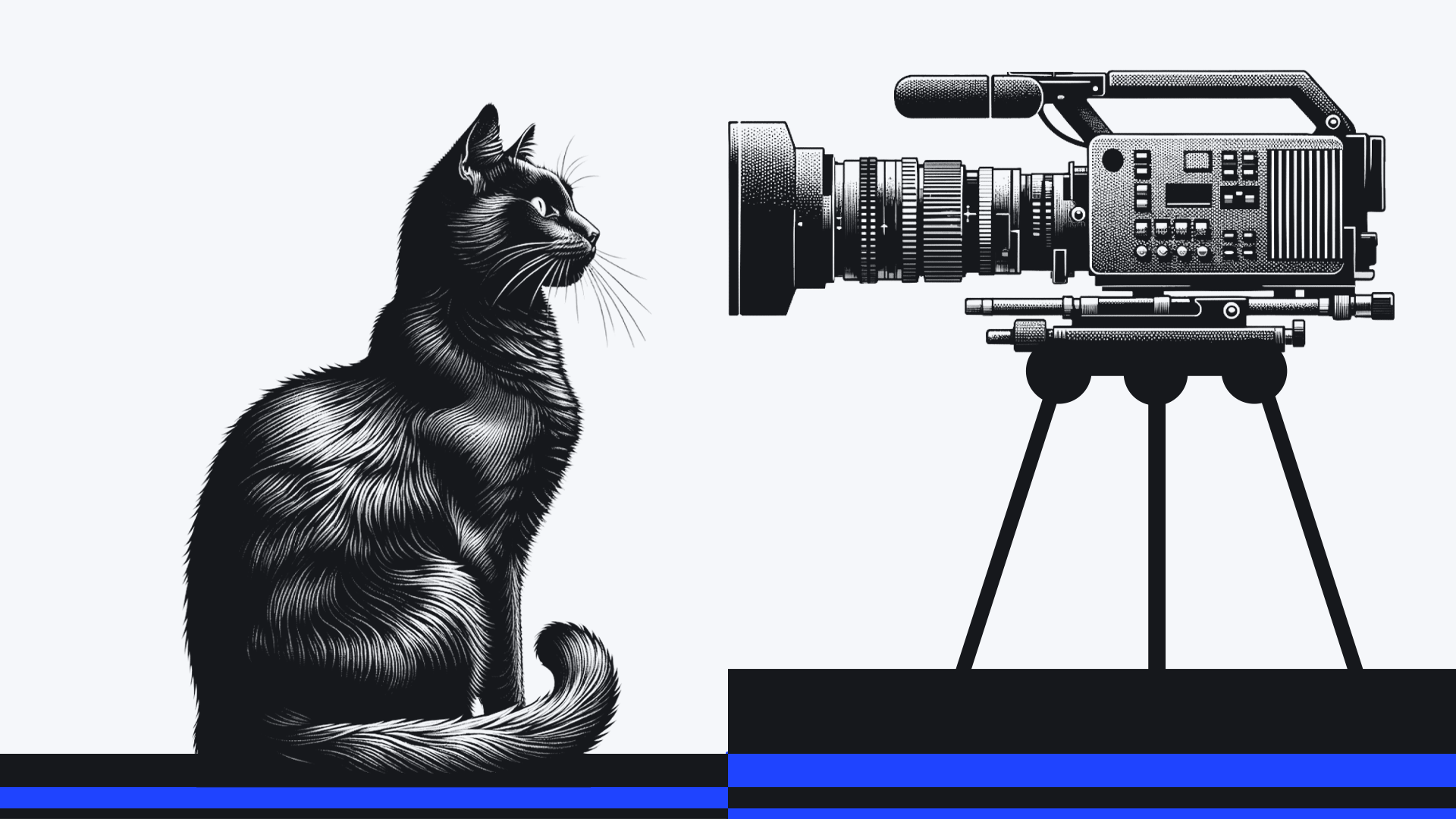July 28, 2025
The Rise of the Employee-Influencer: Why Your Best Advocates Might Already Be on Payroll

Everyone’s talking about executive visibility. Founders and executives build audiences alongside their companies. CEOs like Faye Iosotaluno of Tinder break news on LinkedIn. Leaders like Steve Madden offer candid commentary, and go viral.
This kind of communication from leaders—real, unscripted, and human—isn’t just engaging. It’s become expected. But what about the rest of your team?
Executive voices are important. But some of the most trusted, relatable, and high-impact voices may already be embedded across your organization. If you’re only focused on getting your execs out there, you’re missing an even bigger opportunity for employee advocacy by working with a broader base of those who already live and breathe your brand.
Why employee advocacy works
This isn’t just a feel-good idea. It’s a proven strategy.
- Content shared by employees gets up to 8x more engagement than content shared by brand channels
- It also reaches 561% further
- Rather than polished brand messaging, Gen Z in particular looks to insiders—employees and individuals who come across as genuine—for honest, unfiltered insight, according to Tumblr’s State of Community Report.
Whether your audience is evaluating company culture, checking out your values, or trying to decide if your product’s worth buying, employee voices shape how people see you. And when it comes to reach and influence, these folks may already be your best asset.
Advocacy vs. influence
We’re not here to split hairs between advocates and influencers. But it helps to think of them as a spectrum:
- Advocates are employees who support your brand by resharing content, showing up in campaigns, or reacting to company milestones.
- Influencers go a step further. They create. They have a clear voice. They post regularly. They don’t just amplify, they shape the conversation.
Both matter. You don’t need a company full of influencers to start. But you should know who they are, and how to support them without getting in the way.
What employee advocacy looks like in practice
Advocacy doesn’t have to look like a polished influencer campaign. In fact, it probably shouldn’t. The most compelling examples are often the most natural: employees sharing what they do, how they do it, and why they care.
Take Starbucks barista @sillylillydilly for example, who shares an inside look at drink-making and go-to menu items, building community with customers one post at a time.

Microsoft’s #MicrosoftLife campaign on LinkedIn encourages employees to share behind-the-scenes moments from personal wins to passion projects, building trust and relatability at scale. By celebrating individuality, Microsoft makes working there feel aspirational and authentic.

And then there’s the Papa John’s dough-spinning crew: @d0ughjoe and @bartoli. Their mix of pizza-making and trending audio earned tens of thousands of views per video, leading Papa John’s to feature them in brand campaigns, from TikTok duets to national commercials. Dough Joe even shared what the job has made possible for him, like helping pay for college and buying his first car.

What these examples have in common isn’t reach, it’s realness. That’s what makes them resonate. None of these employees were handed a script. They just showed up as themselves, and in doing so, brought their brands to life.
How do you start an employee advocacy program?
Chances are, you’re already doing this in some way. Maybe your marketing team asks folks to share about a big initiative or a product launch. Some companies use tools to provide templated content for sharing company news; the caveat is that this tactic typically drives more simple, generic social shares than authentic perspectives.
Regardless of where you are today, here’s how to level up:
- Start by asking why. What’s your goal—better recruiting, more visibility, deeper customer trust? Make sure your advocacy efforts are aligned with that outcome from the start. Different goals will shape the kind of content you prioritize, the platforms you use, and how you measure success.
- Spot the spark. Who already talks about your company naturally—not just execs, but people across teams, locations, and levels? Those early advocates can help shape the tone of the program. Invite them in, ask what they’d want to share, and make them part of the rollout.
- Support personal brand-building. Offer social media training or coaching, especially for team members who don’t work in comms or marketing. Help them build confidence and find their voice, because advocacy that sticks usually starts with comfort, not clicks.
- Set guardrails, not scripts. People need clarity on what’s in bounds—brand safety, confidential info, tone—but they also need room to speak in their own voice. Provide helpful guidance, not rigid rules, so authenticity doesn’t get edited out.
- Don’t just reward reach. Visibility is great, but consistency and credibility matter just as much. Celebrate the employees who show up regularly, offer thoughtful perspectives, or make your brand more relatable, even if their audience is small.
Final Thought
Employee voices aren’t a trend. They’re a lasting part of how your brand shows up in the world. Some of your best storytellers already work for you, and with a little support, they can help your brand go further, faster, and more authentically than any ad ever could.
Ready to unlock the power of your team’s voices? Start by identifying your natural advocates and give them the tools to shine. Whether you're building a program from scratch or leveling up what’s already there, investing in employee influence is an investment in trust, reach, and real connection. Need help getting started? Let’s talk.
Q&A
Q: What is an employee advocacy program and why is it important?
A: An employee advocacy program empowers team members to share content, stories, and insights about their company in an authentic way. It boosts brand reach, trust, and visibility by tapping into the real voices of people who know the brand best—its employees.
Q: How do you start an employee influencer program?
A: Begin by identifying team members who already talk about your company naturally. Provide social media training, create guidelines (not scripts), and align your efforts with clear goals like hiring, awareness, or engagement. Support employees in building their personal brands, and celebrate participation, not just virality.
Q: What platforms are best for employee advocacy content?
A: It depends on your audience. LinkedIn is powerful for B2B storytelling, recruiting, and culture content. TikTok and Instagram work well for behind-the-scenes moments, customer connection, and brand affinity. The key is helping employees choose platforms they feel confident using, where their voice can shine.
Related Stories

Social Media for Executives: The Influence Economy Has Come for the C-Suite
Discover how top Inc. 5000 executives are driving influence and building credibility through authentic, human social media content.
October 20, 2025

From Upvotes to Influence: How Reddit Marketing is Redefining Brand Trust Online
Learn how Reddit marketing is reshaping brand trust, search visibility, and AI results in 2025, and how your brand can win on the platform.
October 9, 2025

The Rise of GEO: What Brands Must Do to Stay Visible in an AI-First Search Era
Search is changing fast. Discover how to shift from SEO to GEO and keep your brand visible in AI-driven, zero-click search results.
August 19, 2025

The AI Power Players: Who’s Influencing the Narrative? And What Can Business Leaders Learn from These Voices?
Who’s shaping the conversation around AI, and how? We analyzed the data to spotlight the most influential voices driving public opinion, platform adoption, and policy.
March 27, 2025

AI, Adaptability, and Autonomy: The Future of Marketing Belongs to Those Who Invest
Marketing is changing with incredible speed. Learn how transparency, tools, and trust can help you and your team harness the chaos.
December 20, 2024

LinkedIn Creators Are Changing the Game for B2B Marketing - Are You Ready?
Discover how LinkedIn creators can help humanize your B2B marketing, build trust, and drive stronger connections—an untapped opportunity many brands are missing.
November 18, 2024

Why Executive Communication Is More Critical Than Ever, and How to Do It Right
Learn why executive communications are key to building trust, engagement, and visibility, and how that impacts business results.
November 13, 2024

Level Up Your LinkedIn: The Profile Power Guide
Unlock the secrets to mastering LinkedIn and transforming your profile into a powerhouse of professional connections and opportunities. Ready to rock your LinkedIn presence? Click to dive in!
June 7, 2024

The Art of Listening: From Diverse Signals to Business Value
Measuring content strategies to determine what's driving the most value can be tricky. Here's what to think about when it comes to media measurement, social listening, and brand signal analysis.
May 21, 2024

Uncovering The “Who” Behind Your Social Audience
Discover how understanding your audience's diverse segments can unlock new strategies for engagement and growth—dive into the art and science of audience analysis.
June 5, 2023

How To Plan Ahead For a PR Crisis
Ever wonder how top brands navigate a PR crisis? Check out this guide to learn how to craft a solid strategy that will protect your brand's reputation.
October 6, 2022

Stop Fighting Social Algorithms And Do This Instead
Struggling to keep up with social media algorithms? Find out how a simple shift in your content strategy can dramatically boost your brand's presence.
August 3, 2022

The Unique Challenges And Opportunities Of B2B Influencer Marketing
Influencer marketing isn't just the realm of consumer marketers. See why it's a hidden gem for boosting trust and referrals for B2B, too.
July 6, 2022

5 Steps To Running A Smooth AMA On Social Media
Ready to host an AMA that sparks conversations and connects deeply with your audience? Dive into our five essential steps for a seamless social media event.
May 12, 2022